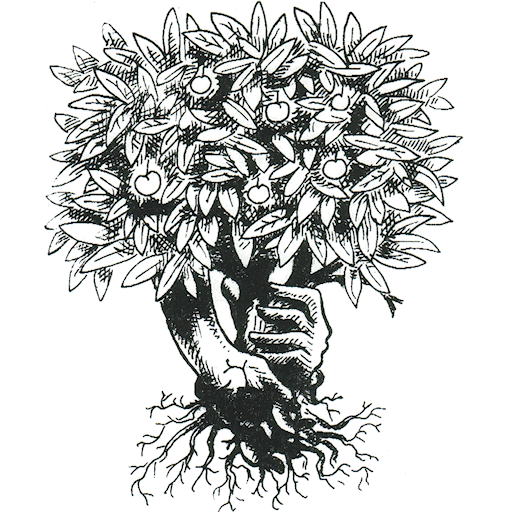Reinventing spiritual community
We live in a time of impending crisis, when I hear many people urging the need for sanctuary, hospicing, and a deeper sense of community. Implicit in such words, but rarely discussed, is the huge spiritual vacuum in our relentlessly materialistic society.
Role models for what we need aren’t obvious, but I’d like to describe some of the spiritual communities which have inspired me. Walking the Camino San Benedetto in Italy for two weeks, I’ve learned what a crucial role monasteries played in the chaos of medieval Italy.
Amid times of frequent civil strife, sickness and uncertainty, the monasteries were places of support, trust, stability. They would mediate in disputes, provide food and health care, and just as importantly, nourished the soul.

A Ricostruttori monastery
One of the reasons I have found Jem Bendell’s Deep Adaptation approach so valuable is that he sees the climate crisis as a spiritual crisis: it calls into question the meaning and purpose of our lives, and asks us to face into our mortality.
I’ve been exploring spiritual paths for 30 years, so I’m painfully aware of how original teachings have been distorted and overlaid by patriarchal religion, in Christianity and other faiths. Many people miss out because they confuse spirituality with religion, and reject both.
One modern role model which may be relevant is the Findhorn Foundation: this is a spiritual community in Scotland where the main shared practices are silent meditation and connection with Nature. It’s an inclusive, welcoming place for people of all faiths and none. This was the approach we followed when six of us set up a ‘spiritual’ cohousing community in 2004, the Threshold Centre.
Here’s another role model, which is a modern reinvention of the monastery as a welcoming spiritual community with a Christian core and an interfaith flavour. The Ricostruttori di Pace (Reconstructors of Peace) were founded in 1978 by a Jesuit priest, Father Cappelletto, who wanted to offer a spiritual path for young people, very different from mainstream Catholicism. He drew on Eastern spirituality through meditation, as well as devotional movement.

A Ricostruttori monastery
I have visited one of their 30 monasteries several times, and find it very inspiring. The Ricostruttori take on derelict rural buildings with land, restore them beautifully, grow much of their food, and practise crafts like stained glass and fine woodwork.
My impression of the Ricostruttori is that they are living as Jesus lived: in poverty, simplicity, and close to the land. A typical monastery will have two or three ‘monks’, who have taken vows of poverty and chastity, and include men and women, plus a lay community of 20-30 people, mostly young, who may live there for weeks, months or years.
In our current crisis times, I believe there’s a widespread thirst for spiritual meaning and purpose, but most people don’t know where to turn. Although there is a new monasticism movement, I believe that monasteries feel too remote, otherworldly, and formal for most people. Instead, I am exploring a vision to create a Searching Spirit Centre, which would be an accessible spiritual community to support people in their exploration, staying for a week to six months. See our vision statement here.
If this vision appeals to you, and you’d like to help create it, please contact me.
